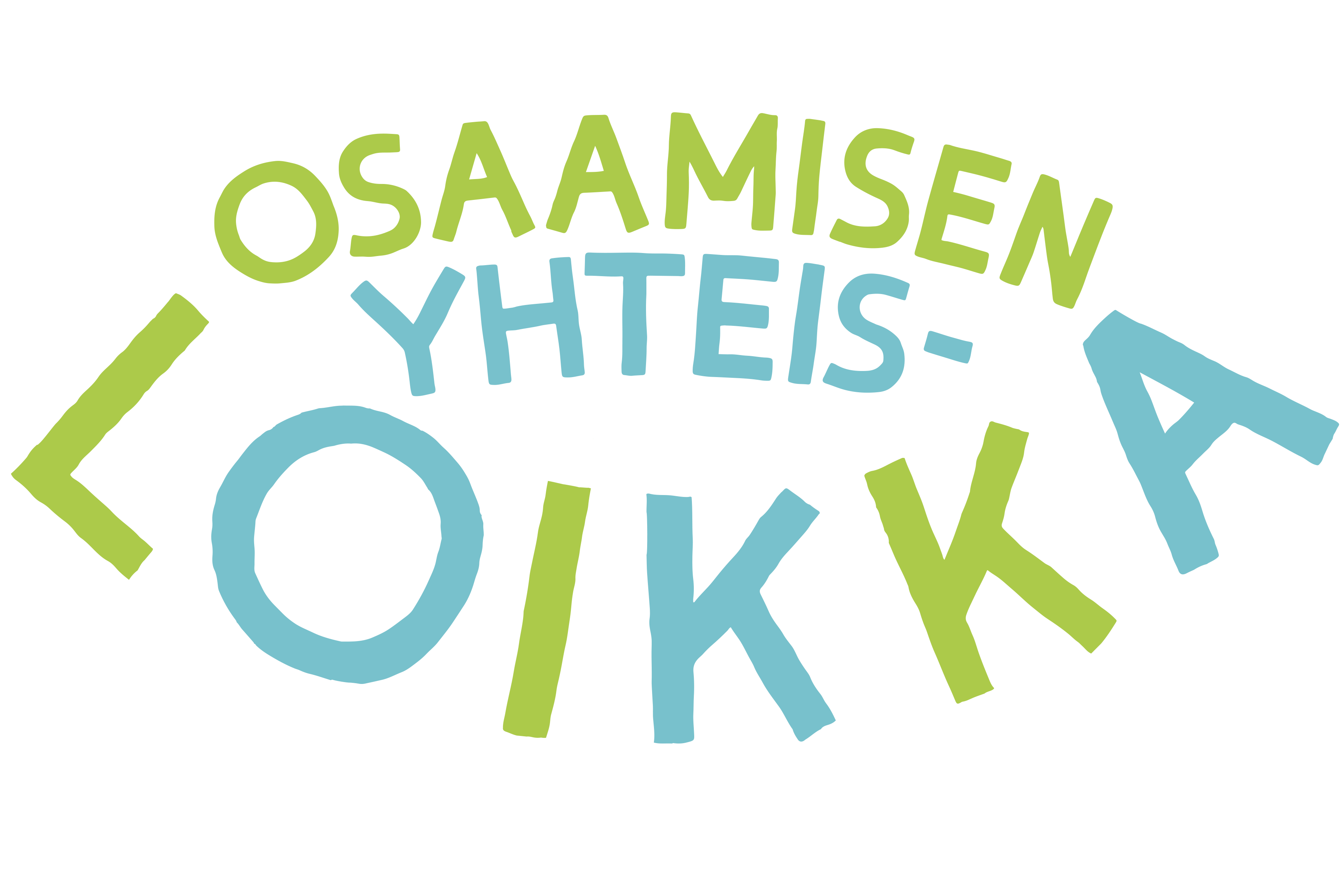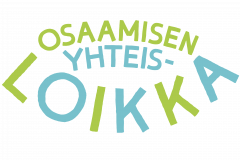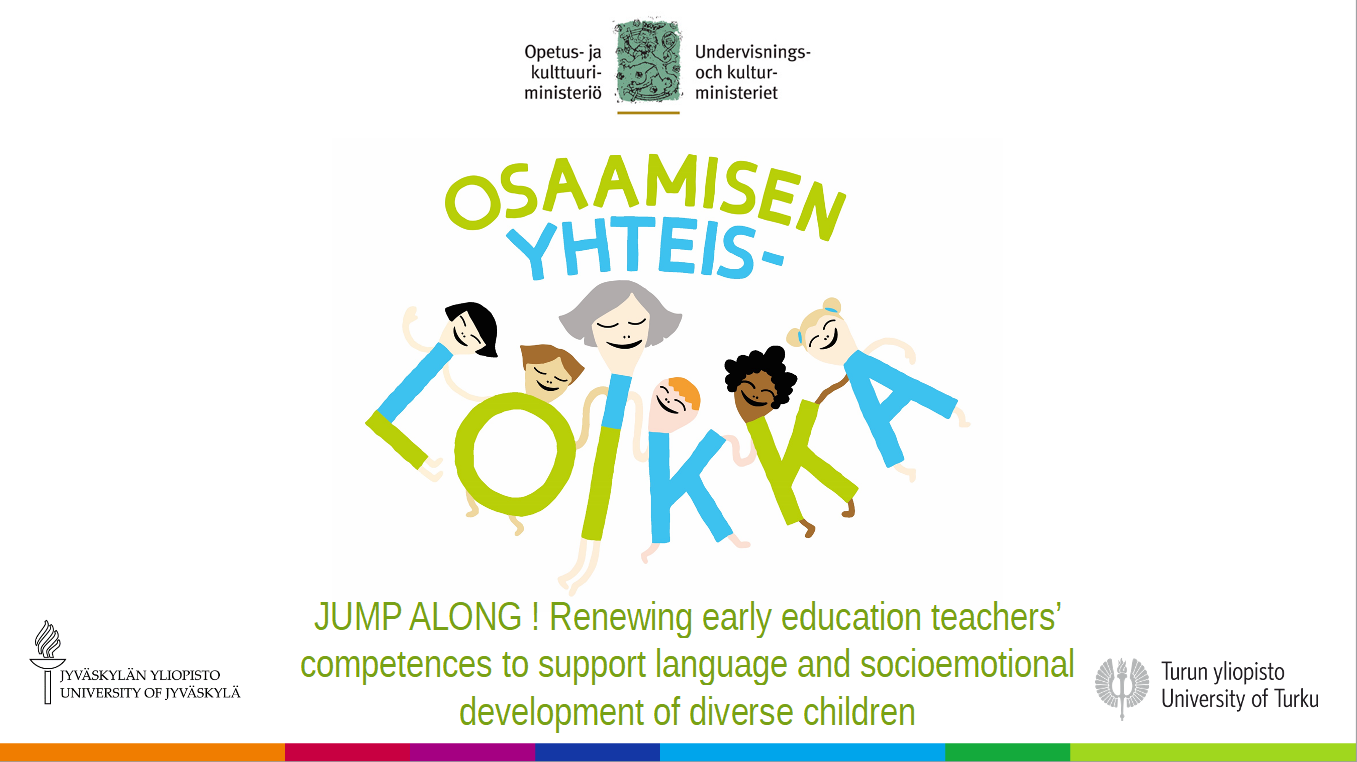
ECEC system in Finland 1/2
- Early Childhood Education and Care (ECEC) is under the mandate of the Ministry of Education and Culture
- New legislation governing ECEC will come into effect 1.9.2018
- National core curriculum for ECEC, pre-primary and basic education are determined by the Finnish National Agency for Education
- Provide a common basis and instructions for preparing and developing local curricula in municipalities
- Steers the provision, development, and implementation of high-quality and equal ECEC in the entire country
ECEC system in Finland 2/2
- ECEC (0-6-year-olds) services are organized by local authorities (and by private service providers) in day care centers or family day-care
- Pre-primary education (6-year-olds, compulsory) in day care centers
- Basic education (7–16-year-olds) in comprehensive schools
Equity in early education in Finland
- Education is free, (mainly) publicly funded, fees for ECEC are moderate and based on parental income
- Every child has the right to at least 20 hours of ECEC a week and pre-primary education, and to attain educational support
Mission of ECEC in Finland
- ECEC comprises education and care to support every child’s wellbeing, balanced development and learning in collaboration with their guardians
- Learning through play in various social contexts and activities in different domains including art, music, craft and physical training
Multiprofessional teams
- are responsible for working with groups of 12 (< 3-yrs) / 24 (>3-yrs) children
- 2 out of 3 members have a degree in higher education
- Early education teacher (BA of education, univ. degree)
- Early education socionom (BA of social science, univ. of applied sciences degree)
- Practical nurse (trade provided by vocational institutes)
Participation in ECEC in Finland
- Finnish children attend ECEC clearly less than children in other EU member states and the Nordic countries
- Age cohort % of children attending ECEC 2014
< 1 year <1% (parental leave period)
1 29%
2 53%
3 68%
4 75%
5 78%
6 years >99% Statistics of the National Institute for Health and Welfare
JUMP ALONG intervention study 1/2
- Funded by the Ministry of Culture and Education
- Aims at renewing preservice and in-service teacher education in line with key priority areas of the Government for ECEC until 2030 (see www.minedu.fi)

JUMP ALONG intervention study 2/2
- The challenges facing teacher education relate to structural, process, and outcome indicators of quality in ECEC
=>How to respond to increasing rates of cultural and linguistic diversity (partly due to immigration) ?
=>How to respond to increasing rates of students ? Intake of students has doubled
=>How to develop teacher’s competence methodically ? - Early education teacher degree programmes are available in 8 universities in Finnish or Swedish (some study modules also in English)
=>more and better university education
=>the curricula of degree programmes are renewed every second year
Theoretical background
- Multidisciplinary approach – mixed group of developmental and educational scientists (e.g. early/special education, psychology, literature, logopedics)
- how to make use of multidisciplinary research evidence to develop and assess teacher’s competence ?
- exploring new ways of integrating theory and practice
- At present there is little scientific evidence how to optimally support teachers’ professional growth to enhance learning and development among children with culturally and linguistically diverse backgrounds (Dickinson, 2011, Melhuish et al., 2015; Pianta et al., 2009)
JUMP ALONG intervention study aims
- at fostering early education teachers’ professional development (i.e., cognitive, emotional, and motivational processes) through learning practice-oriented scientific knowledge that specifically target key developmental domains of preschoolers (Hamre et al., 2014)
- This will be strengthened by supporting leadership, shared professional learning, and effective collaboration among multiprofessional team members (Vangrieken et al., 2015)
- reflection and mirrored dialogue (e.g. Kleinknecht & Schneider, 2013)
Planning and implementation
- We have started to develop the intervention program, assessment design, and research plan (including ethical issues concerning privacy, confidentiality, and storage)
- Care has been taken over presenting the plan of implementation to the local ECEC authorities and principals of day care centers located in municipalities in the south-western region of Finland
Methodology and methods
- The effects of the intervention will be explored using mixed methodologies and standard methods for assessing professional competence and child development, e.g. observations, self-reports, and stimulated recall interviews.
->CLASS Pre-K® (La Paro et al., 2012): emotional support, classroom organization, and instructional support
->HowULearn (Parpala & Lindblom-Ylänne, 2012; http://blogs.helsinki.fi/howulearn/)
->Teacher’s cultural competence questionnare
Children’s socio-emotional and language skills (teacher-report)
Intervention plan 1/2
- The intervention focuses on (preservice and in-service) teachers’ pedagogical sensitivity with a group of children (2-4) across multiple interactional settings
- We have piloted teacher–child interactions (e.g., joint play, picture-book reading, discussion about picture/story)
- Videorecordings will be used
-to integrate observations with theoretical concepts (not beliefs), and hence to foster evidence-based knowledge
-to foster awareness of pedagogically important social and cultural practices that promote 3- to 4-year-olds language, social and emotional skills in accordance with their developmental level
-to stimulate self- and peer-evaluations and discussions between students, their educators, and members of multiprofessional teams
Intervention plan 2/2
- We have started to create multimedia materials for digital platforms
videoclips of lectures (TED/PED), interviews, discussions, assignments, interactive training videos, literature etc.
=> used as part of study modules, 2 out of 5 ECTS credits - Web-based learning environments can be effective and flexible teaching and learning independent of time and place
- economical – same materials for preservice and in-service teacher education
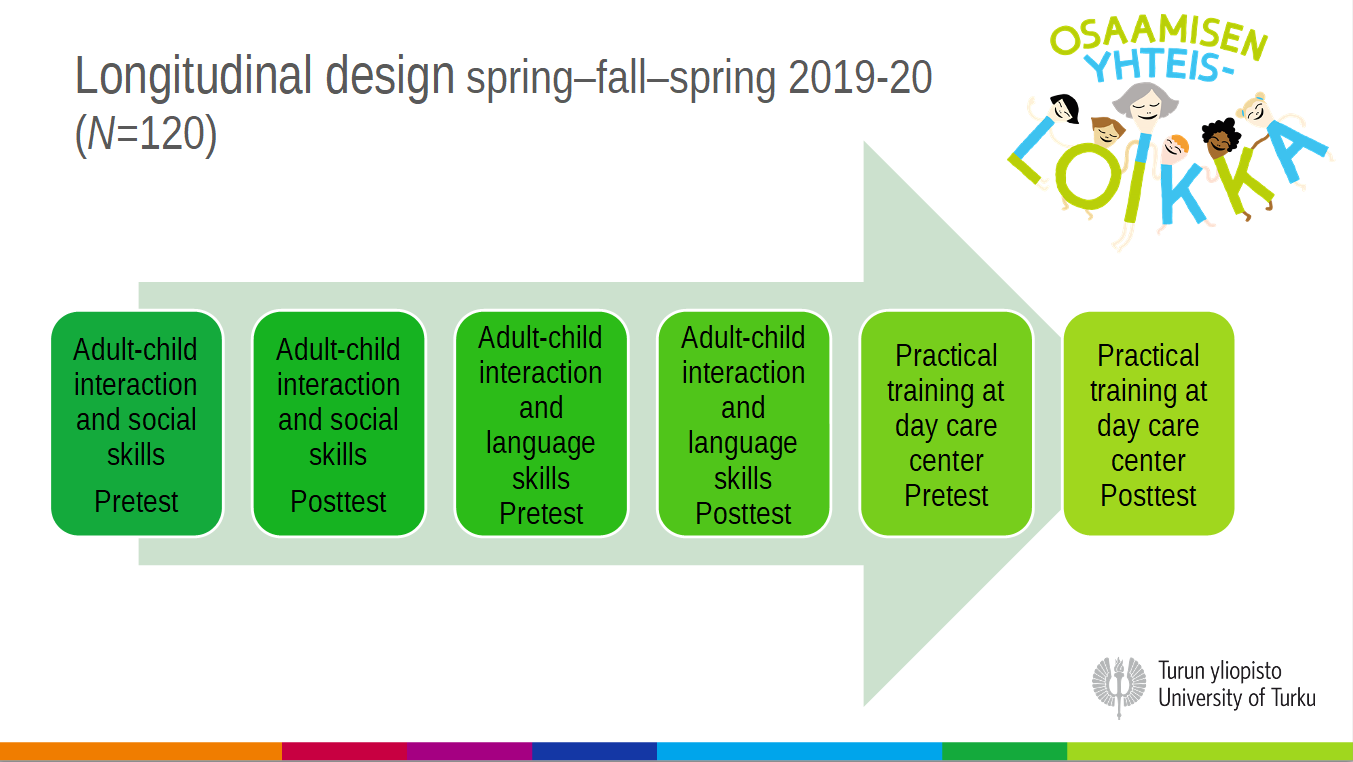
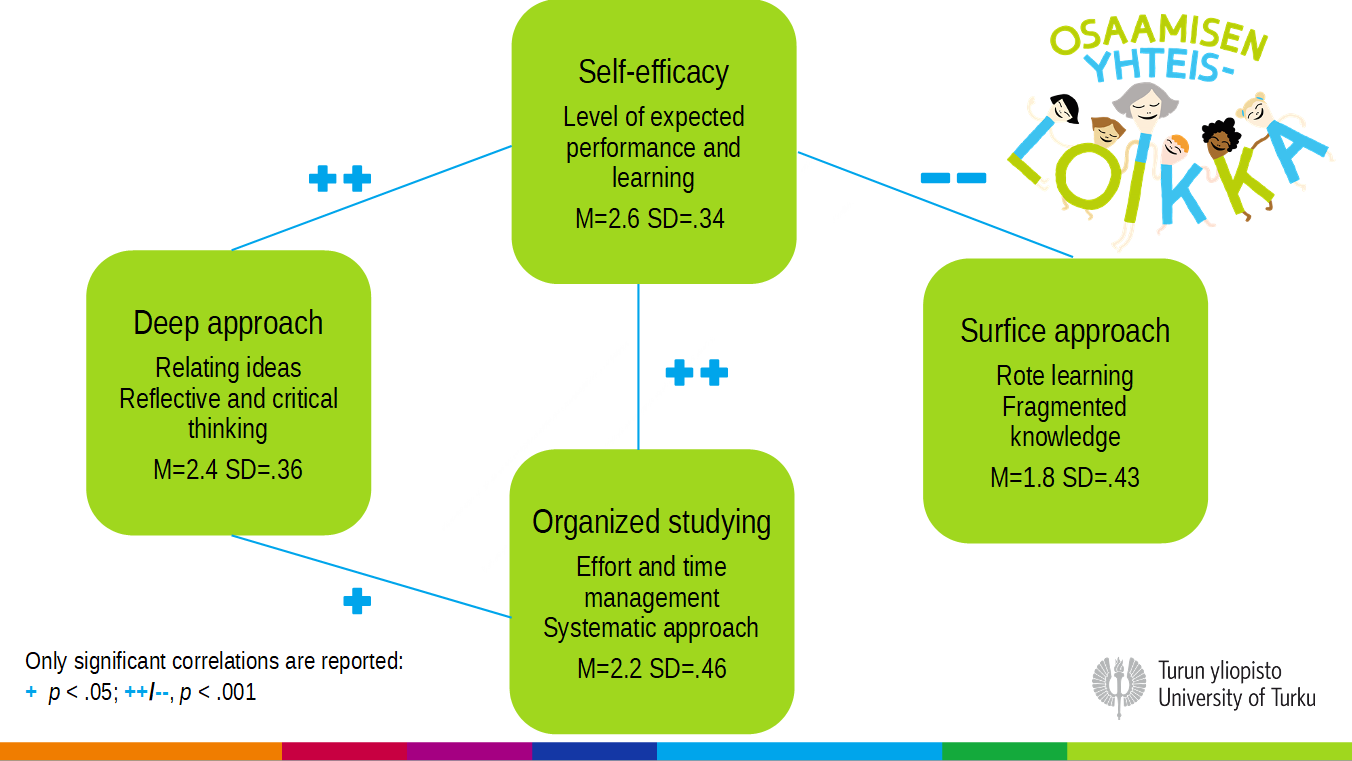
Preliminary findings: piloted self-reports
- The figure shows the relationships between self-efficacy beliefs and approaches to learning among early education students (N=130) during their first university years
- The pattern of means and correlations are comparable to previous research findings regarding motives and learning strategies (Diseth, 2011).
- We expect that in forthcoming path analyses these constructs mediate between students’ preceding and subsequent professional growth as assessed using the CLASS framework (e.g., La Paro et al., 2012).
Training day care center at Rauma campus
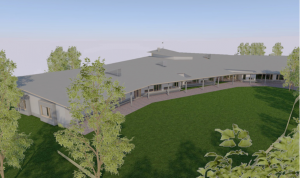
References:
Dickinson, D. K. (2011). Teachers’ language practices and academic outcomes of preschool children. Science, 333, 964–967.
Diseth, Å. (2011). Self-efficacy, goal orientations and learning strategies as mediators between preceding and subsequent academic achievement. Learning and Individual Differences, 21, 191–195.
Hamre, B., Hatfield, B., Pianta, R., & Jamil, F. (2014). Evidence for general and domain-specific elements of teacher–child interactions: Associations with preschool children’s development. Child Development, 85, 1257–1274.
Kleinknecht, M., & Schneider, J. (2013). What do teachers think and feel when analyzing videos of themselves and other teachers teaching? Teaching and Teacher Education, 33, 13–23.
La Paro, K. M., Maynard, C., Thomason, A., & Scott-Little, C. (2012). Developing teachers’ classroom interactions: A description of a video review process for early childhood education students. Journal of Early Childhood Teacher Education, 33, 224–238.
Melhuish, E. et al. (2015). A review of research on the effects of early childhood education and care (ECEC) on child development. http://ecec-care.org/fileadmin/careproject/Publications/reports/CARE_WP4_D4__1_review_of_effects_of_ecec.pdf
Parpala, A. & Lindblom-Ylänne, S. (2012). Using a research instrument for developing quality at the university. Quality in Higher Education, 18, 313–328.
Pianta, R., Barnett, W. S., Burchinal, M., & Thornburg, K. R. (2009). The effects of preschool education: What we know, how public policy is or is not aligned with the evidence base, and what we need to know. Psychological Science in the Public Interest, 10, 49–88.
Vangrieken, K., Dochy, F., Raes, E., & Kyndt, E. (2015). Teacher collaboration: A systematic review. Educational Research Review, 15, 17–40.
